What is Mirin?
Last October, American food professionals visited fermented food producers to deepen their knowledge of Japanese fermentation culture during the “Hakko Tourism in Japan” tour campaign. As part of the tour, organizers held a tasting session where guests gave candid advice from the perspective of the American market to food product manufacturers looking to enter the United States market.
What is hon-mirin?
Hi, my name is Maho Tanabe.
Since this is the first column about mirin, I’d like to introduce mirin to you, starting by briefly explaining what hon-mirin is.
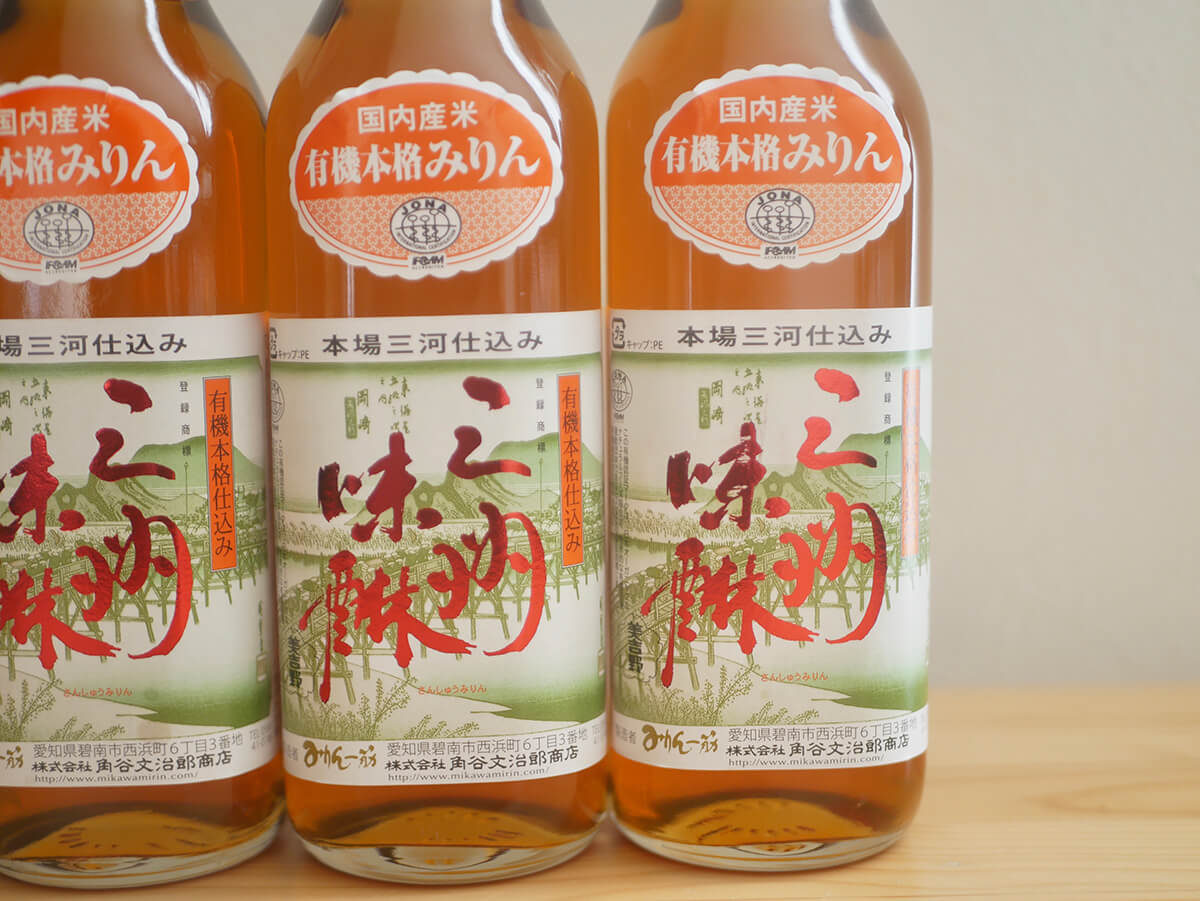
Hon-mirin is one of the seasonings that is essential for Japanese cuisine, also known as washoku, just like soy sauce, miso, and vinegar. It gives a beautiful shine, prevents food from falling apart during the cooking process, removes unpleasant raw smells, helps the flavor to penetrate through, and serves many other functions to make Japanese food delicious. You can say it is a backbone of Japanese cuisine.
And one of the biggest attributes mirin gives is subtle and elegant sweetness. If you use mirin, you don’t need sugar!
Using mirin, I have experienced firsthand not needing to add sugar or other kinds of sweetening alternatives at all, and still producing delicious dishes. Furthermore, mirin can also be used for western dishes, not just for Japanese dishes.
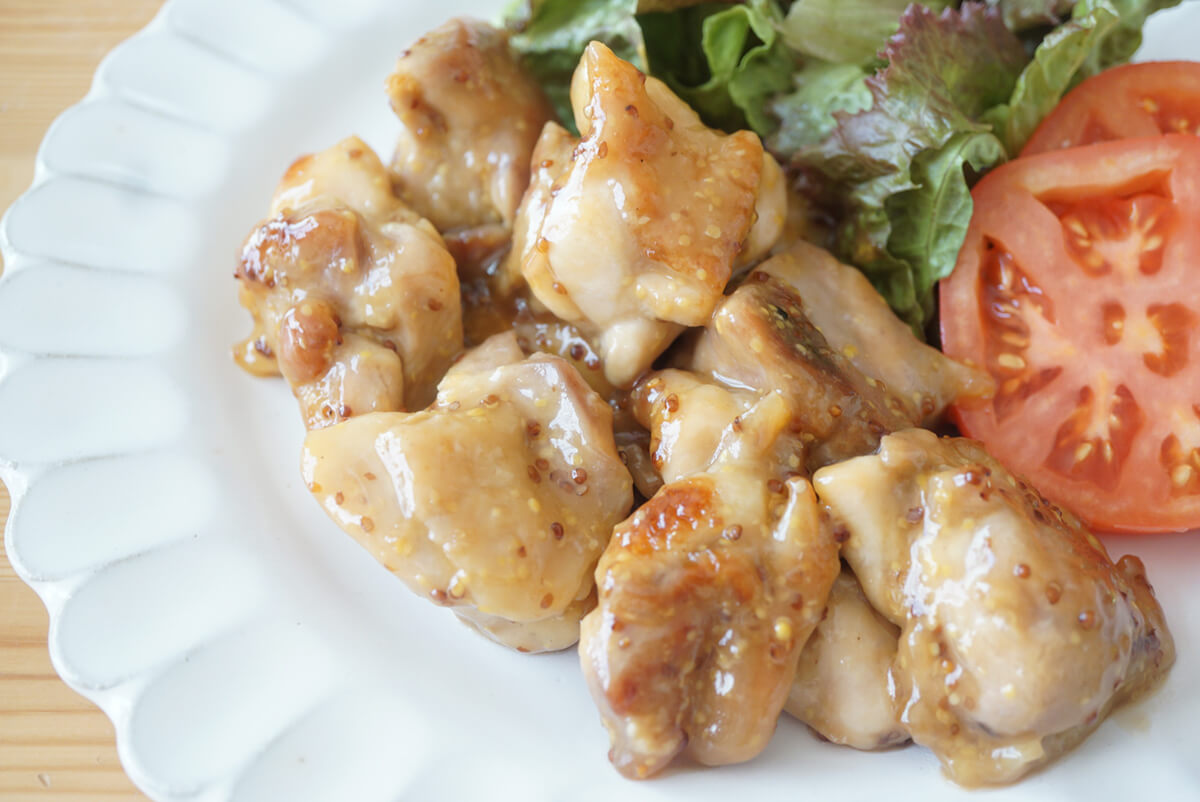
The image you see is mirin mustard chicken rather than honey mustard chicken! In lieu of honey, it’s made with mirin.
How does mirin get produced?
Hon-mirin is made from a cocktail of rice-koji and shochu (or alcohol) by resting them for a long period of saccharification and maturation. In a traditional production setting, mirin is made with high-quality ingredients and by letting moromi, a mixture of sticky rice, rice-koji, and shochu sit for a couple of months. Liquid is then taken out of the moromi and set to mature for two to three years until hon-mirin is complete. (The curd from moromi is called mirin lees which is a fermented Japanese food on its own that is appealing to many.)
Hon-mirin is made from ingredients that are cherry-picked and with lot of time and effort.
During the maturing process, layers of distinct sweet and umami agents are produced and they blend together to create an elegant, mellow and sweetness which adds deep and delicious flavor to your dishes that is distinct from regular sugar.
Since most hon-mirin made under traditional method uses rice-based shochu, all of the ingredients of those hon-mirin are entirely from rice.
The sweetness of mirin derives from the sweetness of rice. Made with tremendous amount of time and effort, the power of enzymes produced by the fermentation process releases the sweetness and deliciousness of rice to its maximum potential.
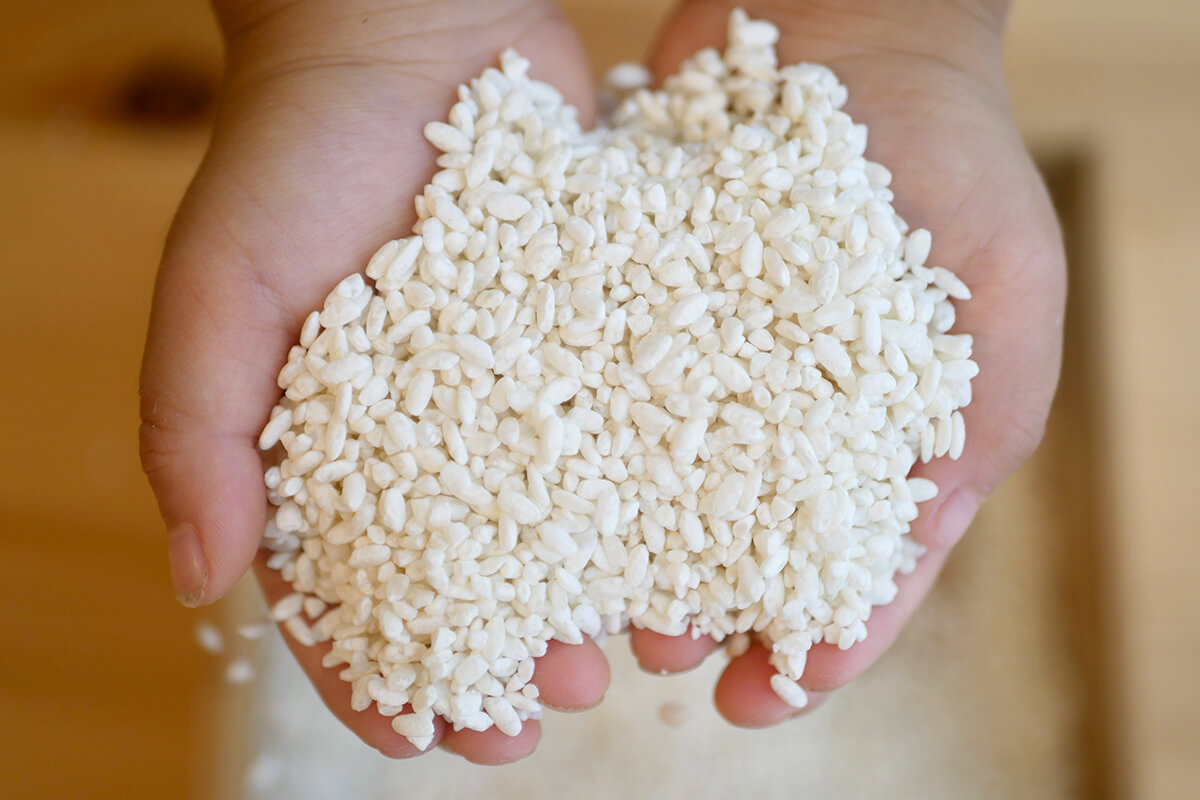
How to enjoy mirin aside from seasoning.
Hon-mirin contains 14% alcohol.
While hon-mirin is known as a seasoning even in Japan today, it was produced as a high-end sweet sake at its inception. Back then, hon-mirin was enjoyed among the upper class for preventing summer heat exhaustion, restoring energy and nourishment.
Authentic mirin is basically a rice liquor and so it can be enjoyed as an alcoholic beverage.
Take a sip of hon-mirin and you are bound to be impressed by how sweet and delicious it is and that it is made solely from rice.
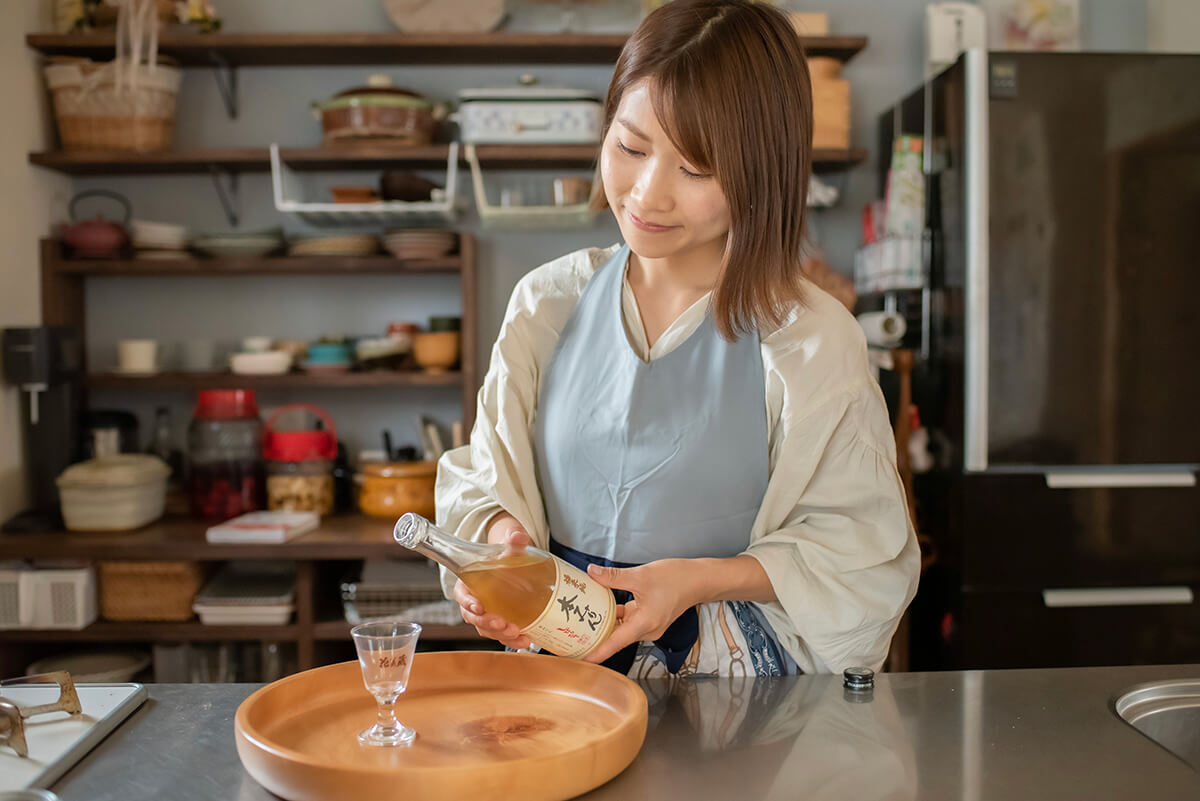
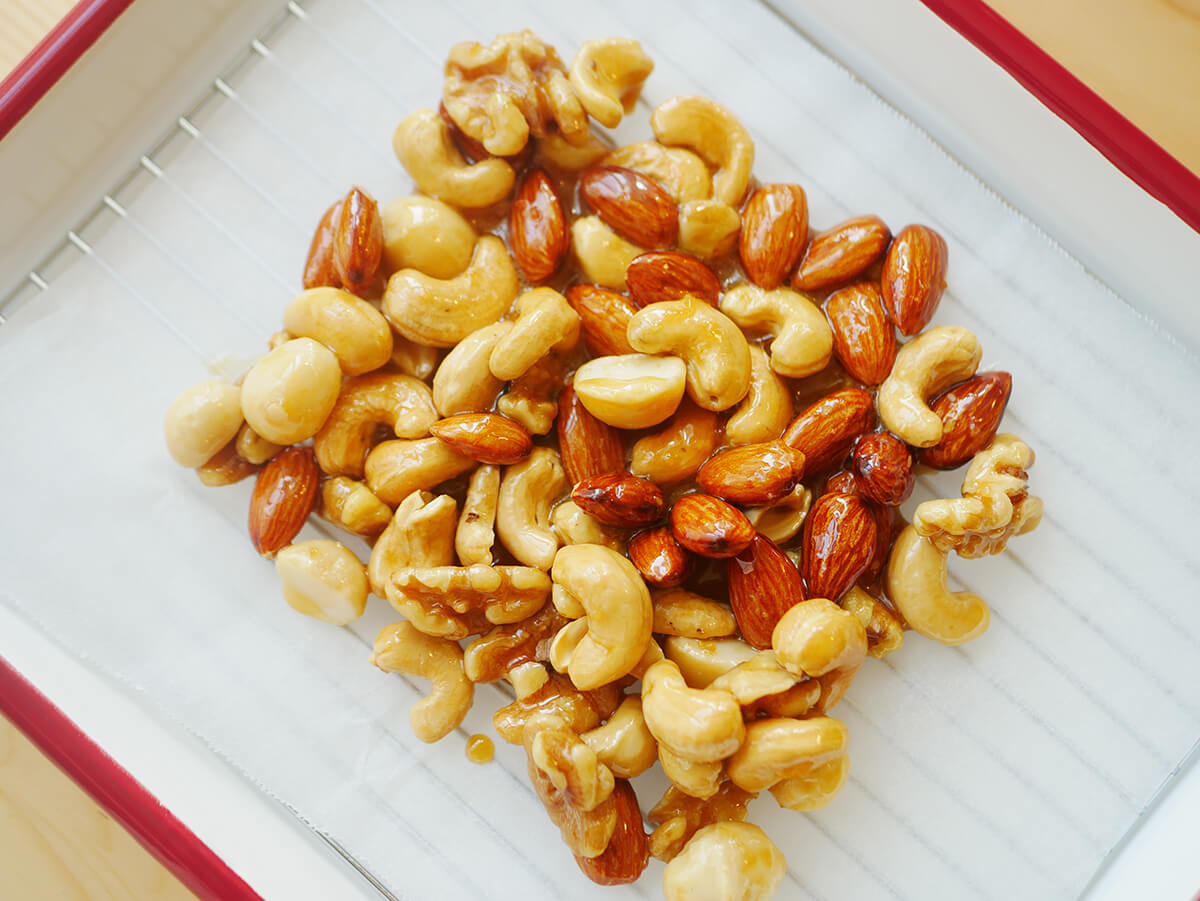
The picture is of mirin-caramelized nuts
In my case, I make sweets with mirin by boiling it to reduce the alcohol level. Mirin can be enjoyed as a seasoning, as a sake, and also as a sweetener for making desserts.
Rice and the power of fermentation is one of the crown jewels of Japan and hon-mirin which is produced using this traditional process makes it another crown jewel as well.
I’d like to continue exploring mirin further next time. Thank you so much for reading this post.
Maho Tanabe, the organizer of "Mirin Sweets and Fermented Foods" at Minamoto Shokudo, is an inner beauty planner and owner of Minamoto cafeteria. With expertise in fermented foods using koji and sake, she is a recognized authority in the fermented foods industry.

